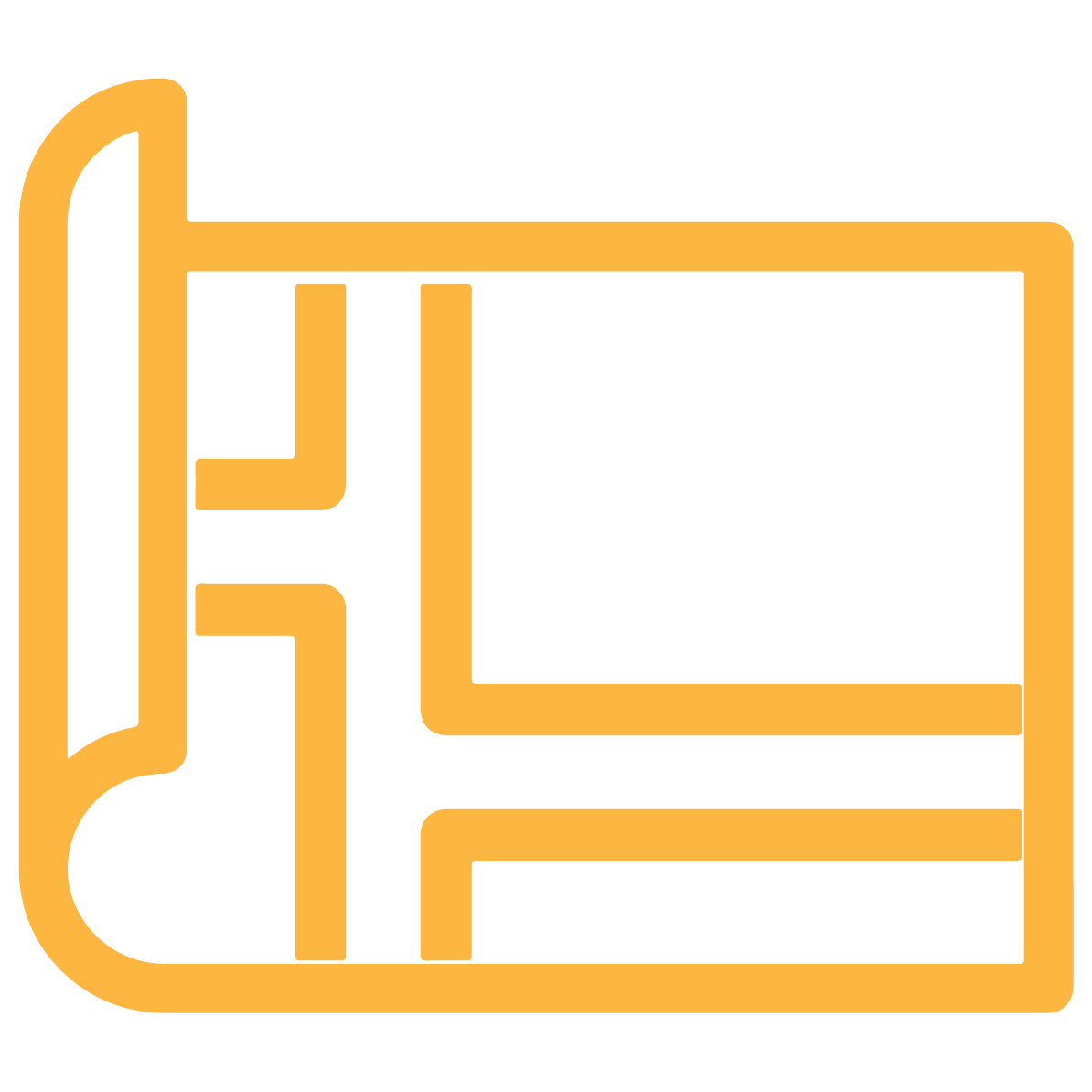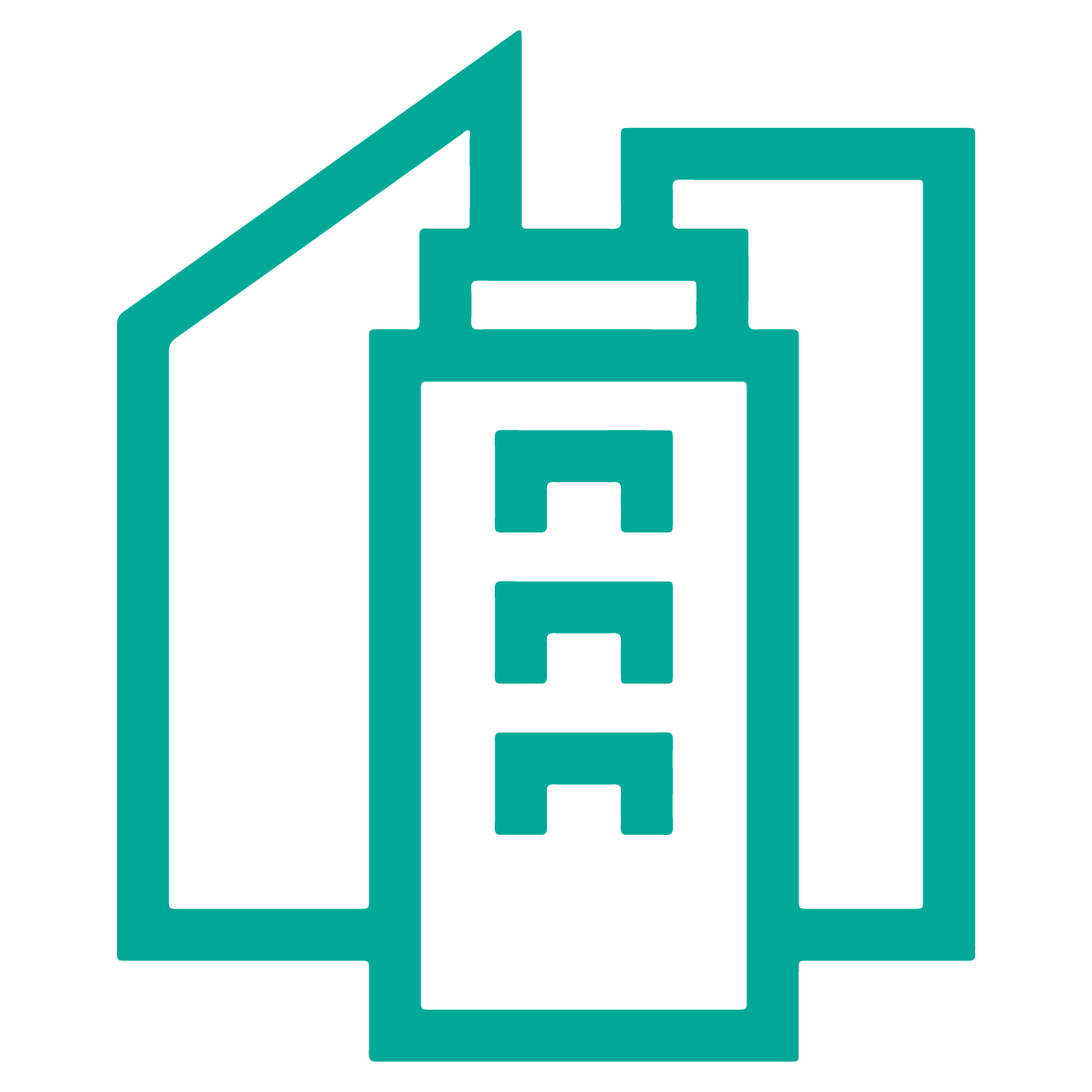Urban Design Governance Tool Box
Summary
Urban design governance can be defined as an intervention in the means and processes of designing and managing the built environment in order to shape both processes and outcomes in a defined public interest. It achieves this by intervening in the decision-making environment of development stakeholders (whether public or private) in order that their decisions have a clear place-based quality dimension.
Throughout Europe, local, regional and national administrations have established sophisticated urban development control systems that are meant to ensure the compliance of urban development with basic urban design qualities. Underpinning these are a wide range of motivations ranging from protection of the historic built fabric to the promotion of urban areas to attract investment, and encompassing a wide range of societal, environmental and aesthetic motivations between. The systems define the rules through which development interests can express their aspirations and protect their interests through urban design. This is the realm of urban design governance and will vary across the continent just as the motivations (values) and local processes will also vary.
This toolbox introduces 6 different tools for urban governance in Europe.
Source: UrbanMaestro
Author/Editor
UN-Habitat - UN Human Settlements Programme
Year
Themes
Innovation
Planning & Design
Urban Governance and Legal Frameworks
Sustainable Development Goals
Goal 11 - Make cities and human settlements inclusive, safe, resilient and sustainable
New Urban Agenda Commitments


